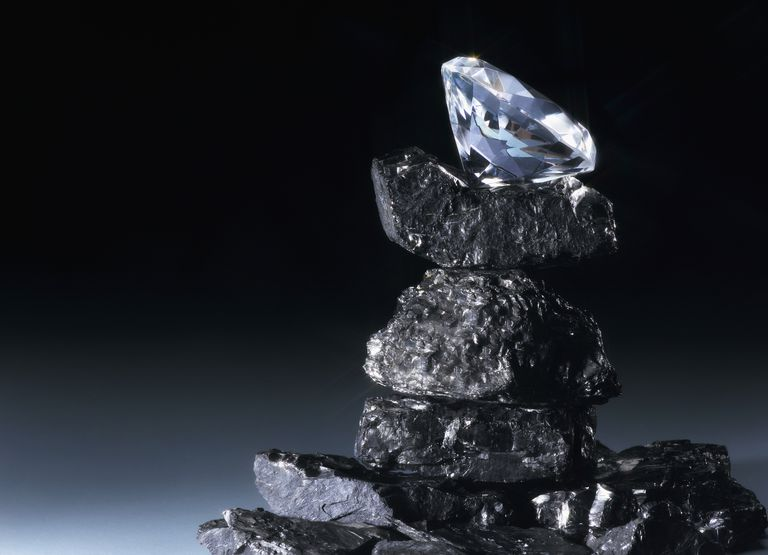The elements in group 14 or carbon family form the covalent hydrides which are of type MH4. The number of hydrides and their thermal stability and the ease of their formation decreases by moving down the group. The reducing power of hydrides is increased by moving from CH4 to PbH4. Carbon forms a variety of acyclic and cyclic hydrides which are known as hydrocarbons. Ge and Si also form the hydrides and the hydrides of silicon are known as silanes and the hydrides of germanium are called germanes. Lead and tin form the one hydride only, the hydride of the lead is Plumbane and of tin is Stannane.
Two types of the halides are formed by the group 14 elements and they are dihalides and tetrahalides. The tetrahalides have tetrahedral geometry and are covalent. Moving down the group their thermal stability is decreased. There is an exception for carbon but the tetrahalides of other elements in this group are easily hydrolyzed.

Carbon does not have any vacant d orbitals. So, its valency cannot be increased beyond the four. So, the tetrahalides of carbon are not hydrolyzed. Additionally, the stability of the dihalides is increased by moving down the group.
Two types of oxides are formed by the elements of group 14 and they are monoxide and dioxide. All the elements form the monoxides but silicon does not form monoxides. CO2 is a linear monomeric molecule among the dioxides as it forms the pi-pi multiple bonds with the oxygen. In all other dioxides, the oxygen and group 14 elements are connected by the single covalent bonds that make the infinite three-dimensional structure. So, they exist as solids.
The first element of this group is non-metal, the next two are metalloids and the last two are the metals. Among these elements, carbon exhibits the most versatile and interesting chemical properties. It is the most important element in molecular, organic, and in the polymer chemistry and it forms the primary structural features of the various compounds. Silicon is also important as it is the second most abundant element in the earth crust and shares some similarities with the carbon such as the ability to make the polymer molecules.
The type of bonding among the elements of group 14 elements affects their various chemical and physical properties as melting points, boiling points, and hardness. The large decrease and difference in the melting points from top to the bottom are due to the change from the covalent network to the metallic bonding.
A wide range of chemical behavior is observed by the elements of this group with great variation from covalent compounds of carbon to the ionic compounds of the lead. Just like carbon, Ge and Si also form the covalent compounds with the non-metals, while Sn and Pb form both ionic and covalent compounds. Sn and Pb can acquire the oxidation state of +2 and +4 and the compounds with +2 oxidation state are ionic and with +4 oxidation state are covalent.